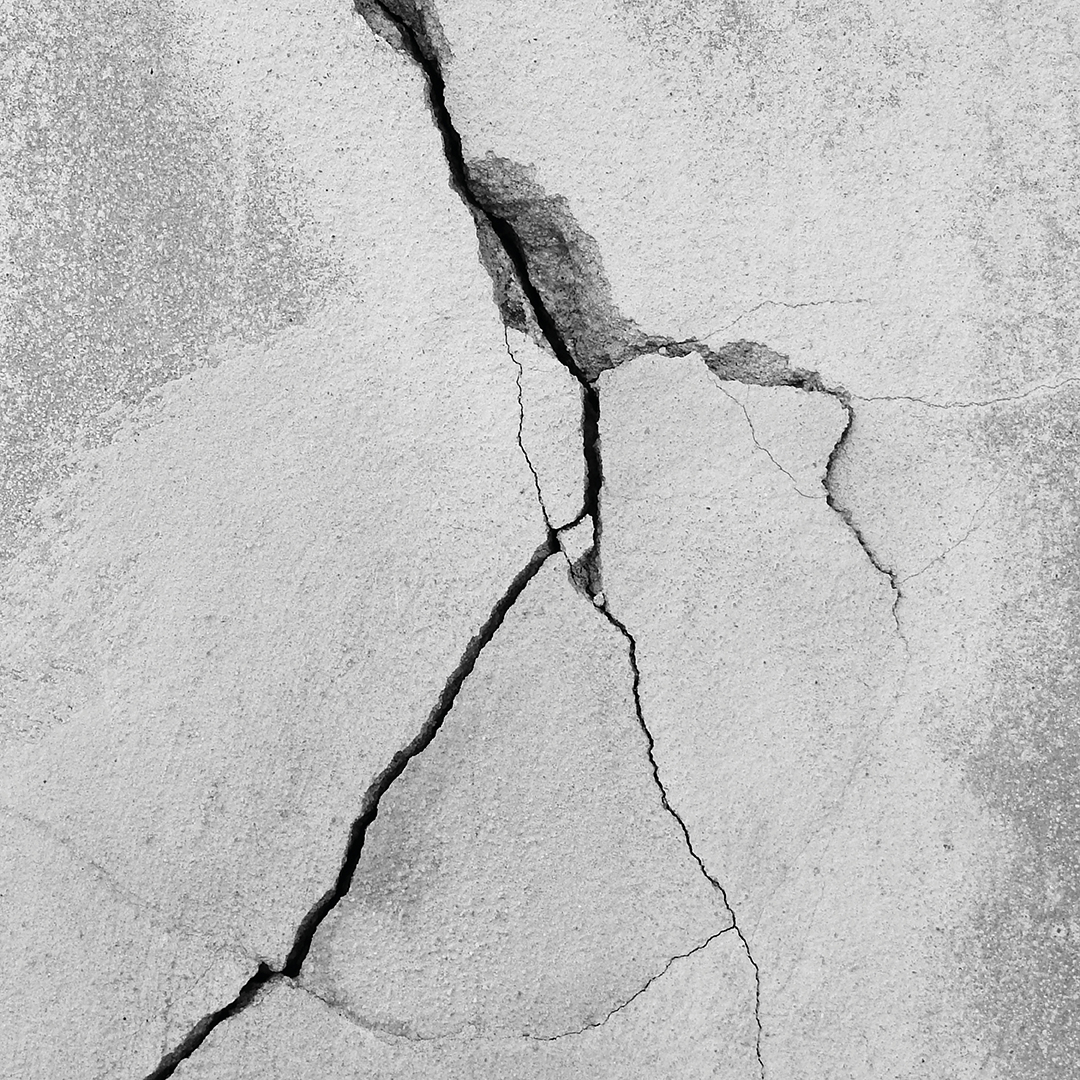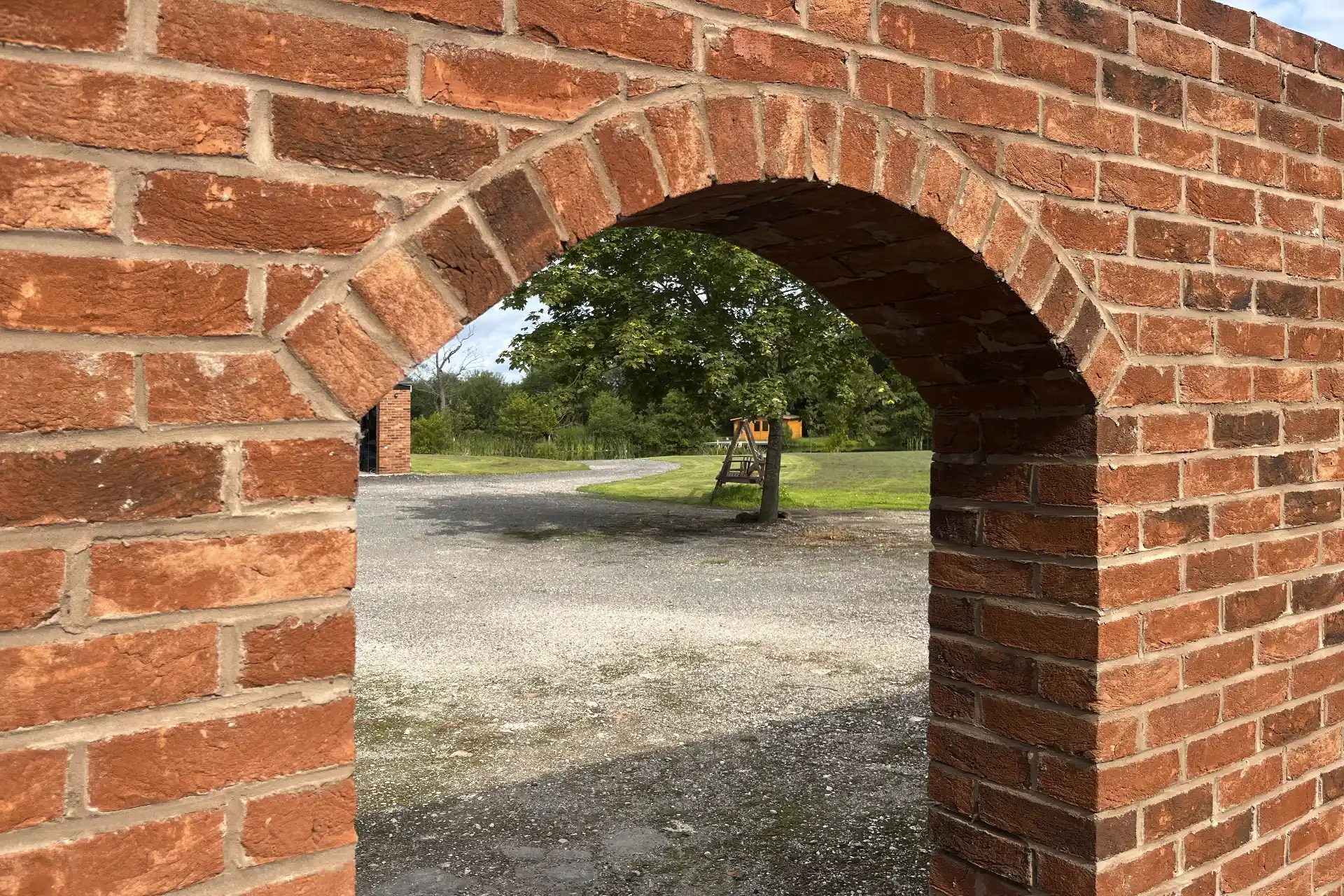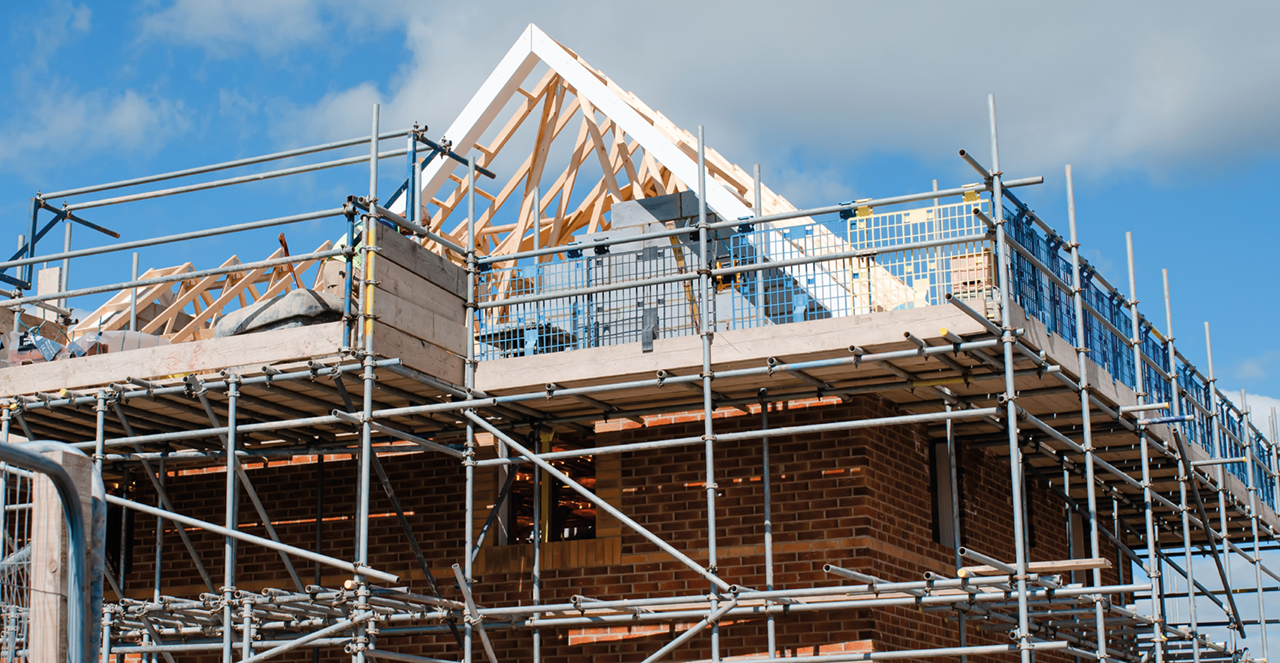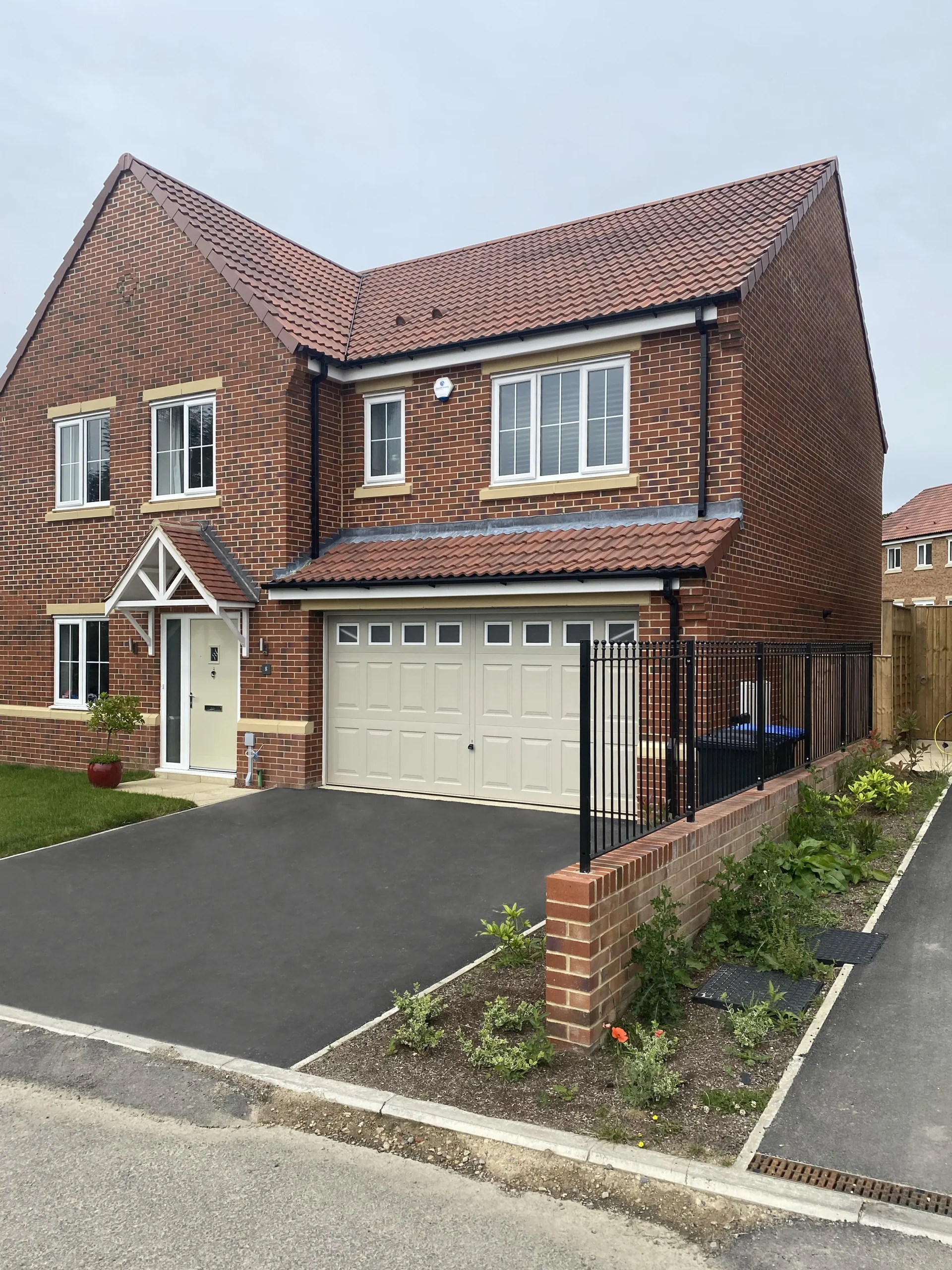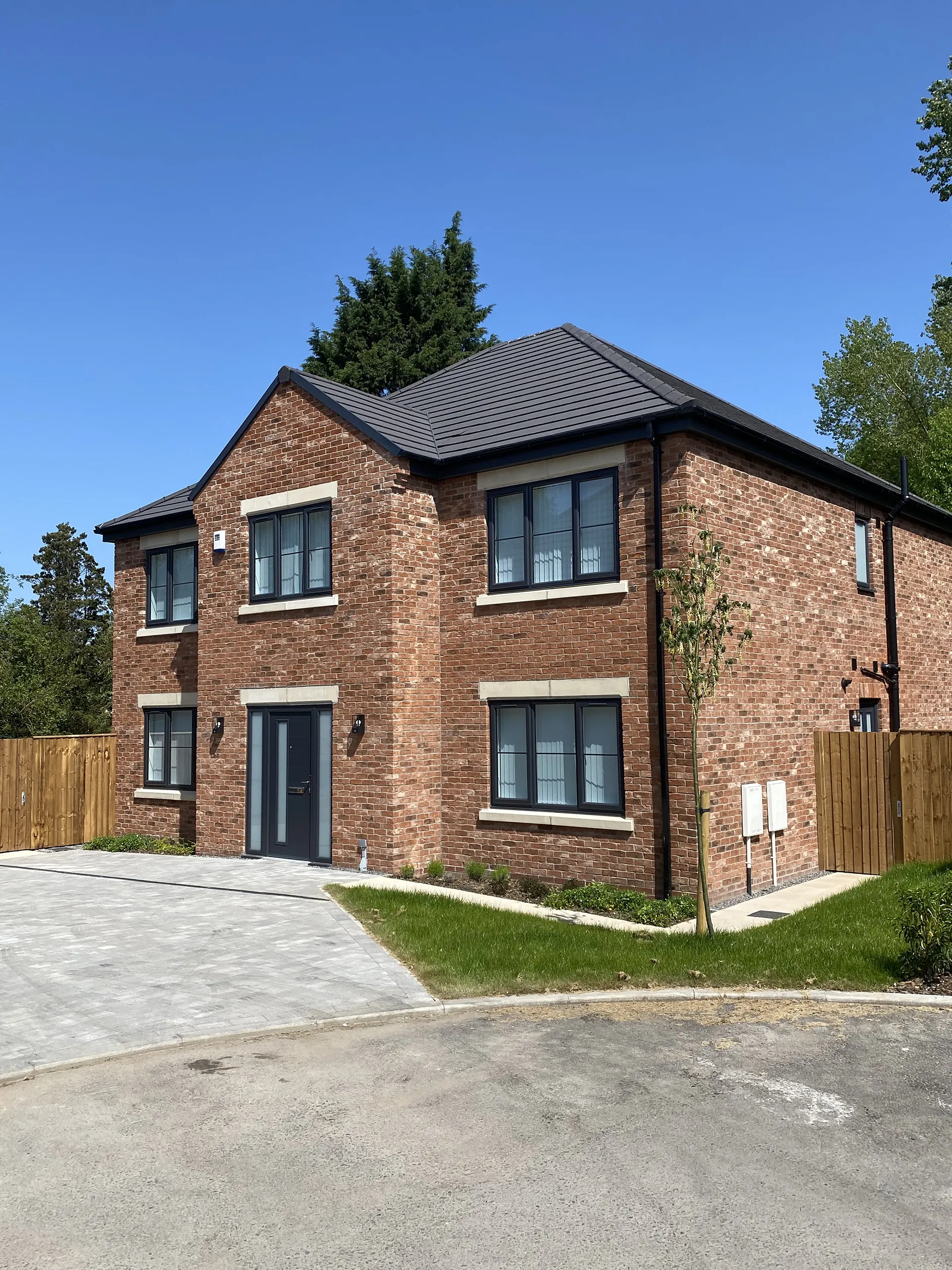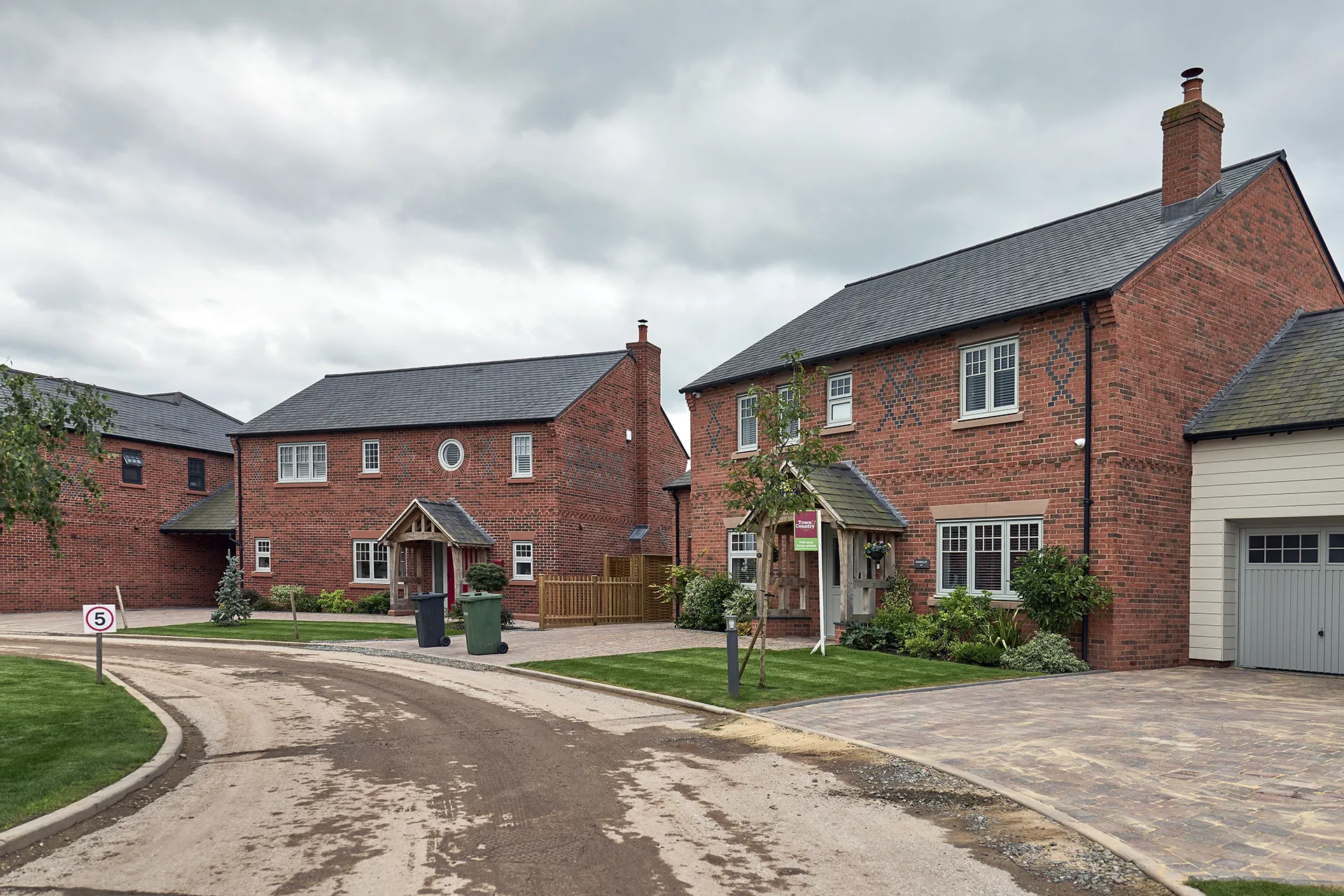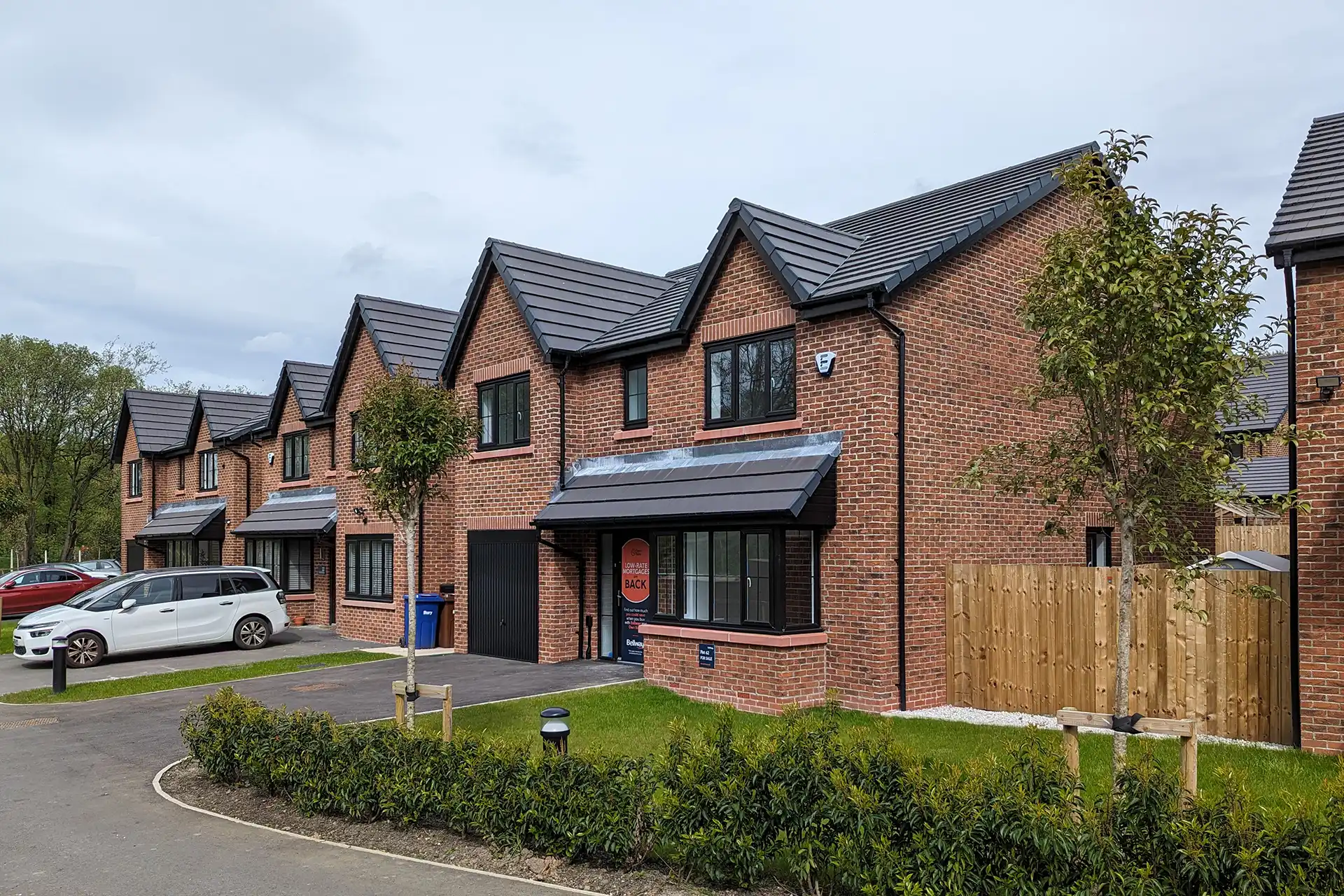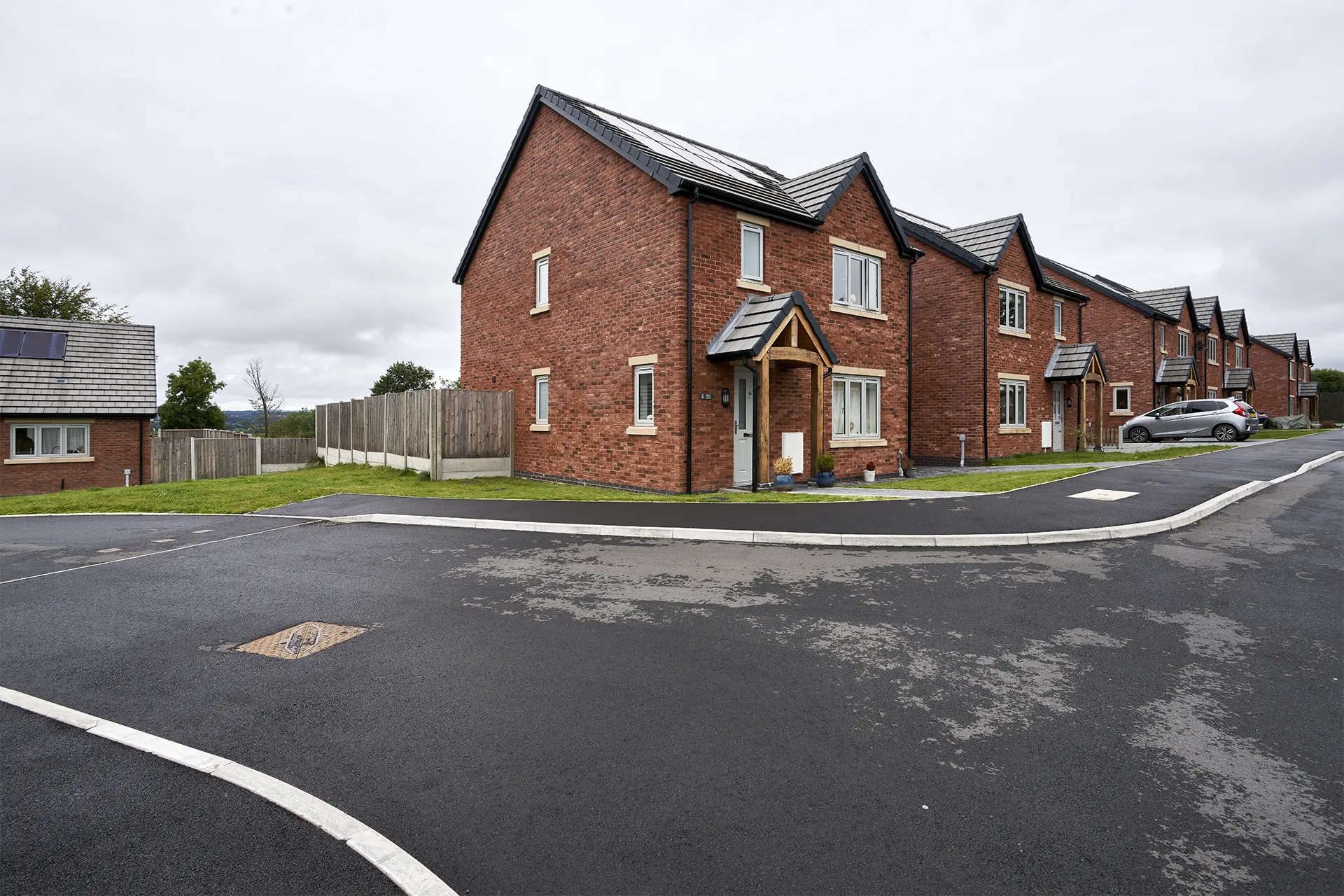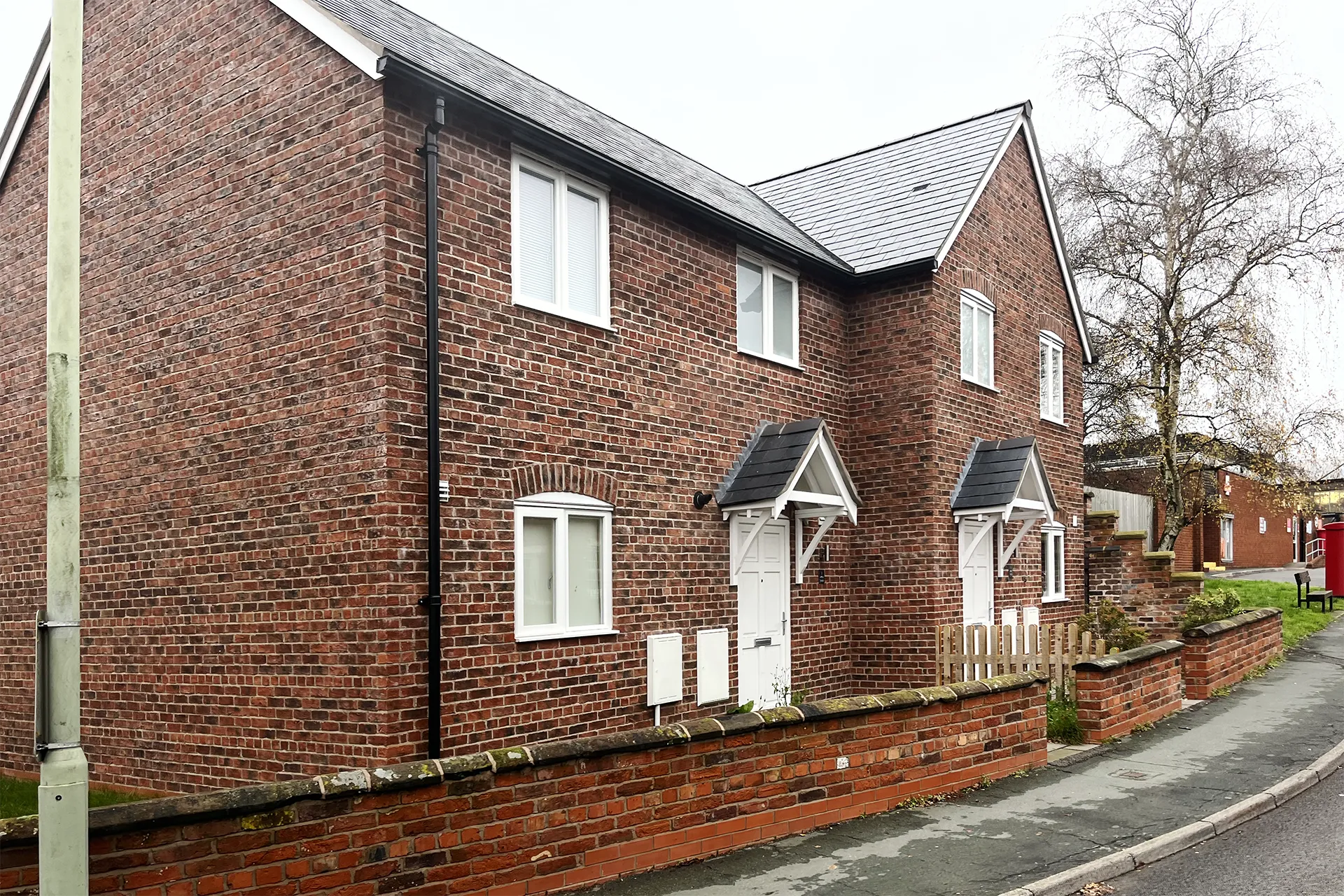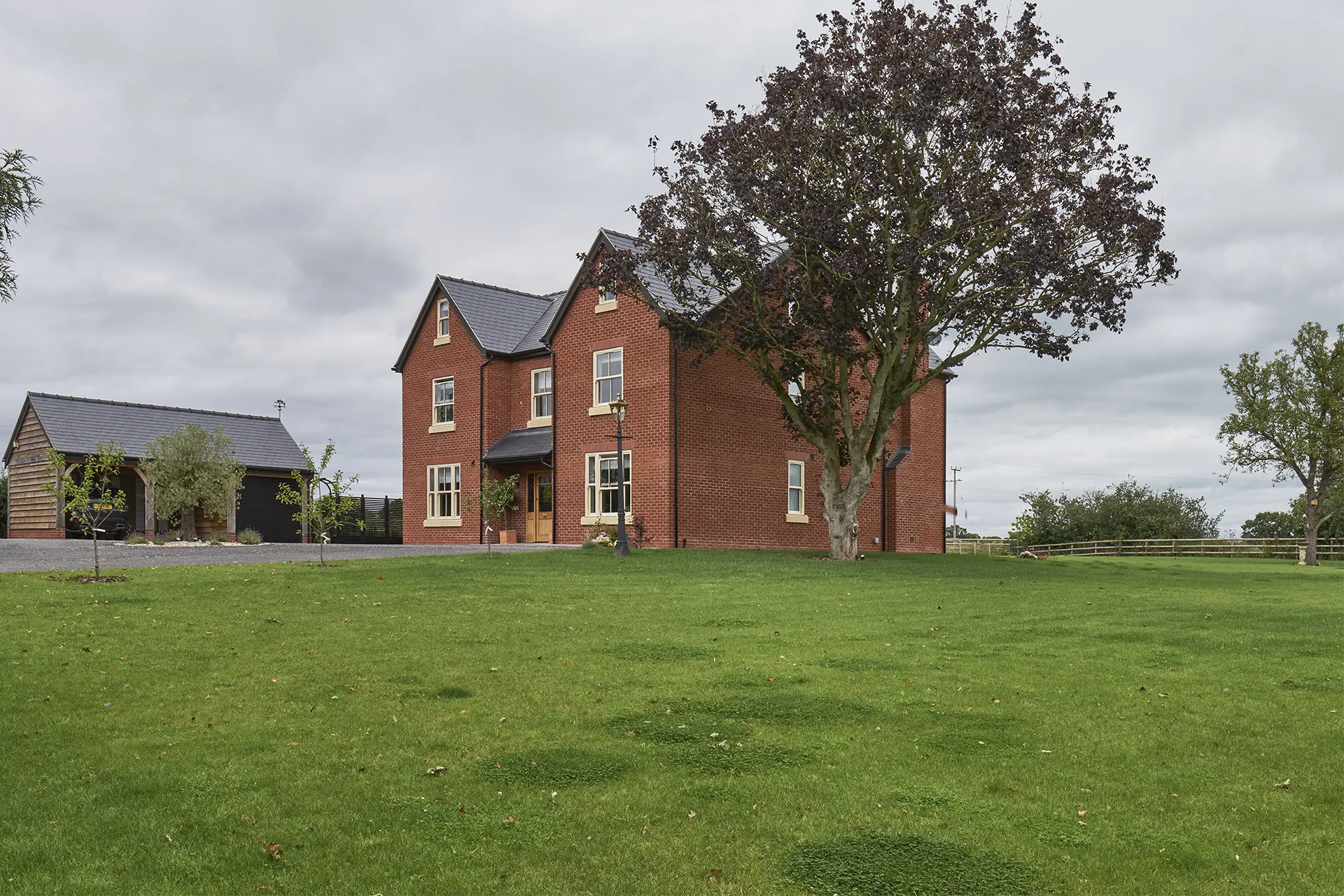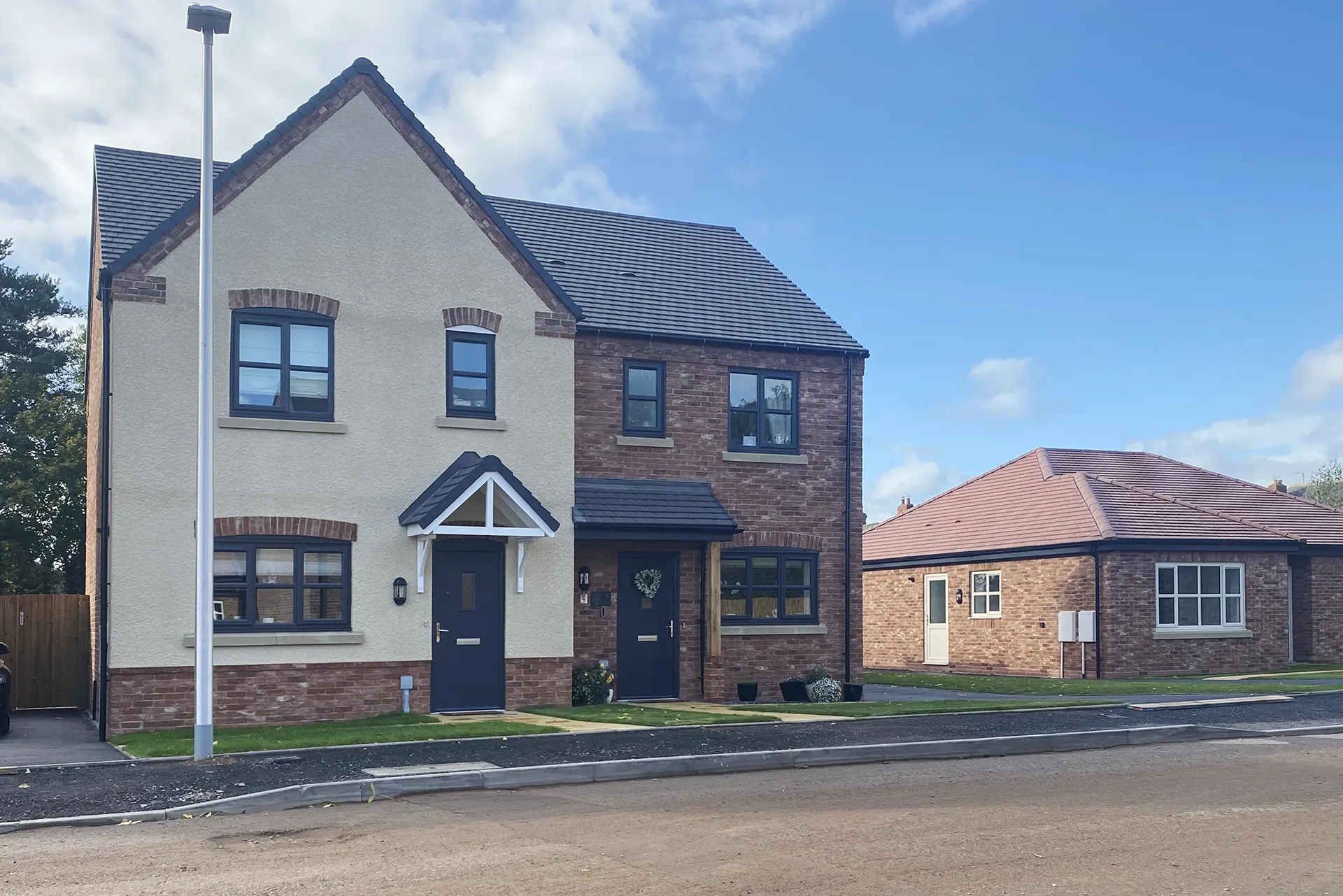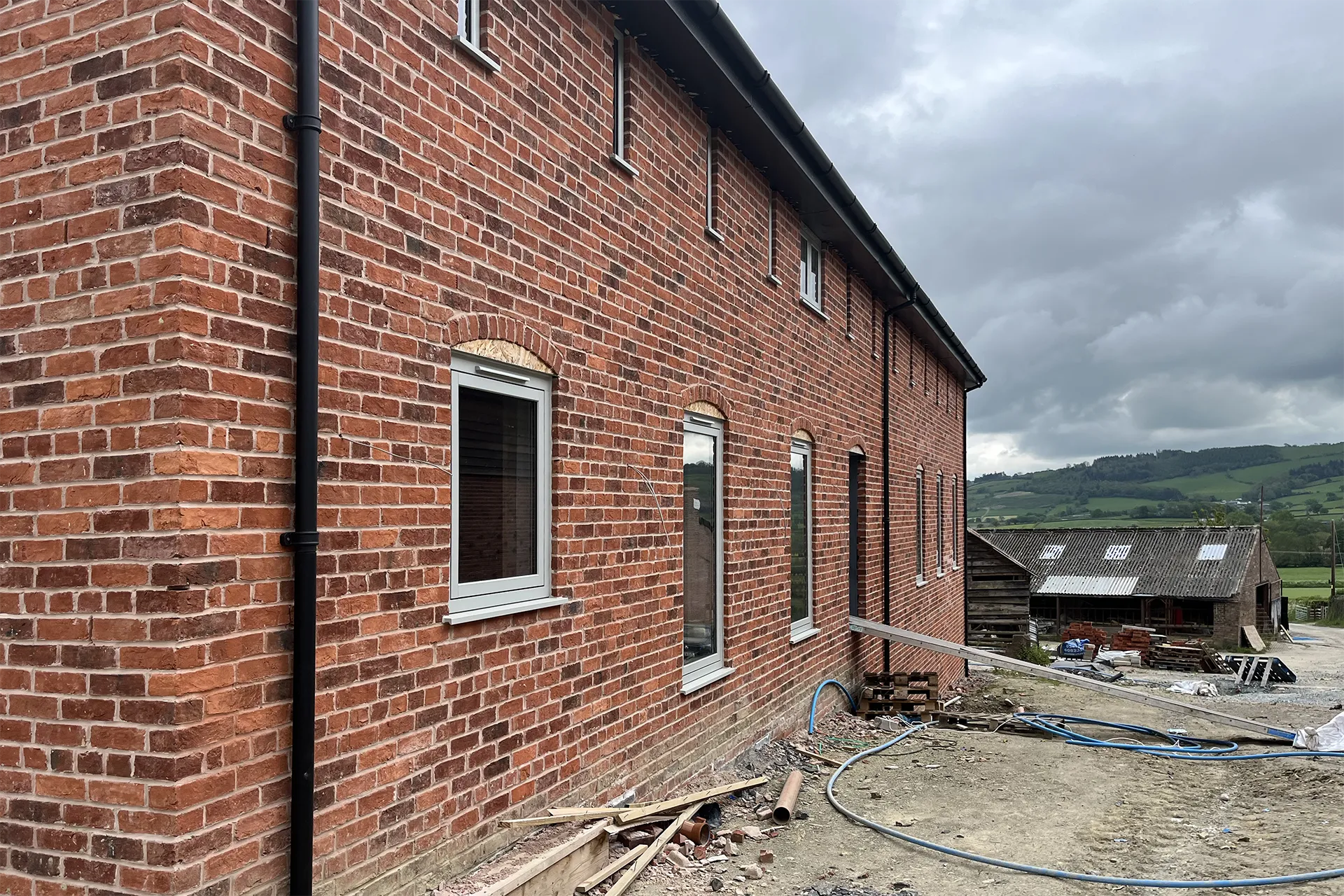Many schools across the country are temporarily closed due to concerns about RAAC concrete.
RAAC stands for Reinforced Autoclaved Aerated Concrete. It is a cheaper, lighter and more water-absorbent version of concrete. Built in the 1950s to 90s, it was widely-used for flat-roof structures. Many schools and hospitals fall into this category which has caused many emergency closures.
Clay brick v concrete brick debate
Why is concrete such a popular material for construction?
First of all, the biggest reason is that it is cheap. When building public infrastructure, the government often tries to cut corners and save money wherever possible.
This is what caused the mass use of RACC in the construction of schools.
Building them was seen as a quota to fulfil as opposed to quality. Concrete can work fine as a short-term solution, but if you want to avoid constant repair fees, and structural security, clay bricks have a longer lifespan.
Local authorities chose concrete structures because it is:
- Fire-proof
- Energy-efficient
- Durable
- Minimal waste
- Deemed as low-maintenance
However, concrete can easily chip and crack which can spread throughout the structure. This could happen at any time. Newly installed concrete buildings have met this fate, meaning the initial low cost doesn’t matter due to the cost of repairing it straight away.
The RAAC concrete problem is a clear example of the financial and social cost that can be brought on by cutting corners. The safety of staff and students has been put at risk, alongside their education too.
Wirecut bricks can vary drastically in appearance. Our pressed pre-war common bricks display deep reds, oranges and the distinguished dark ‘overburns’ from the firing process. This manufacturing technique leads to a naturally weathered texture and appearance of burnt clay brick. They are hydraulically pressed to remove any shape imperfections and a great choice for developments in keeping within the local region.
